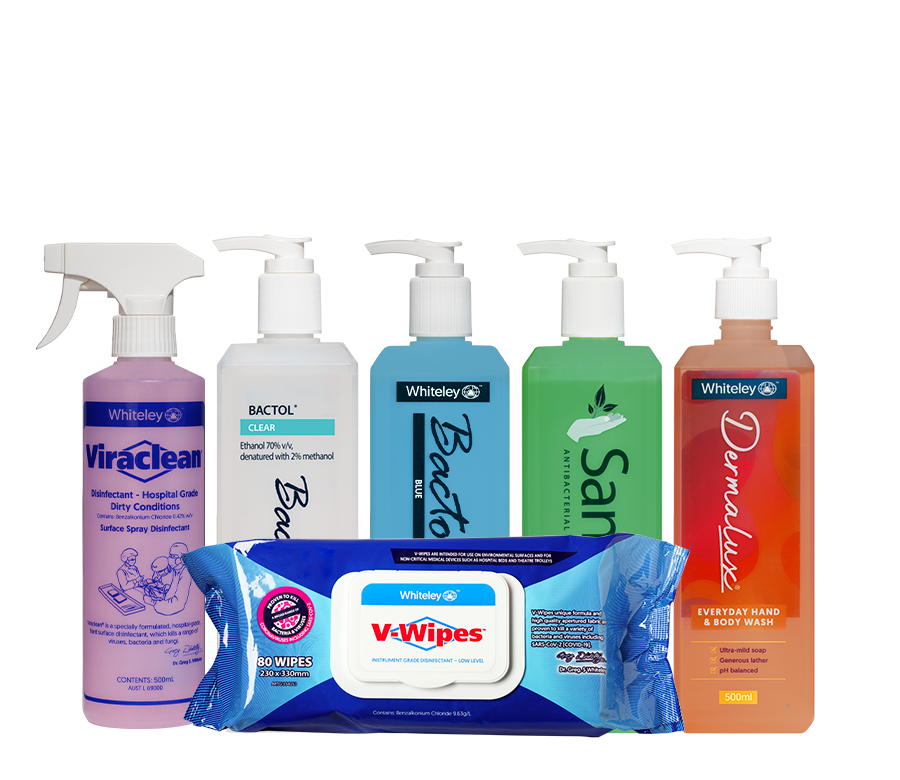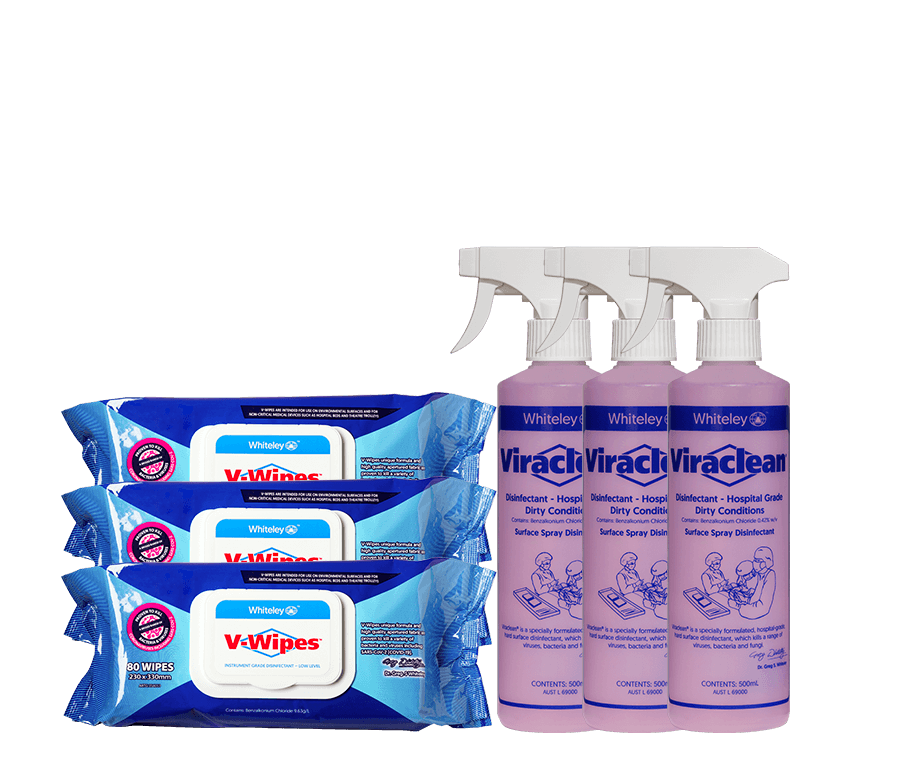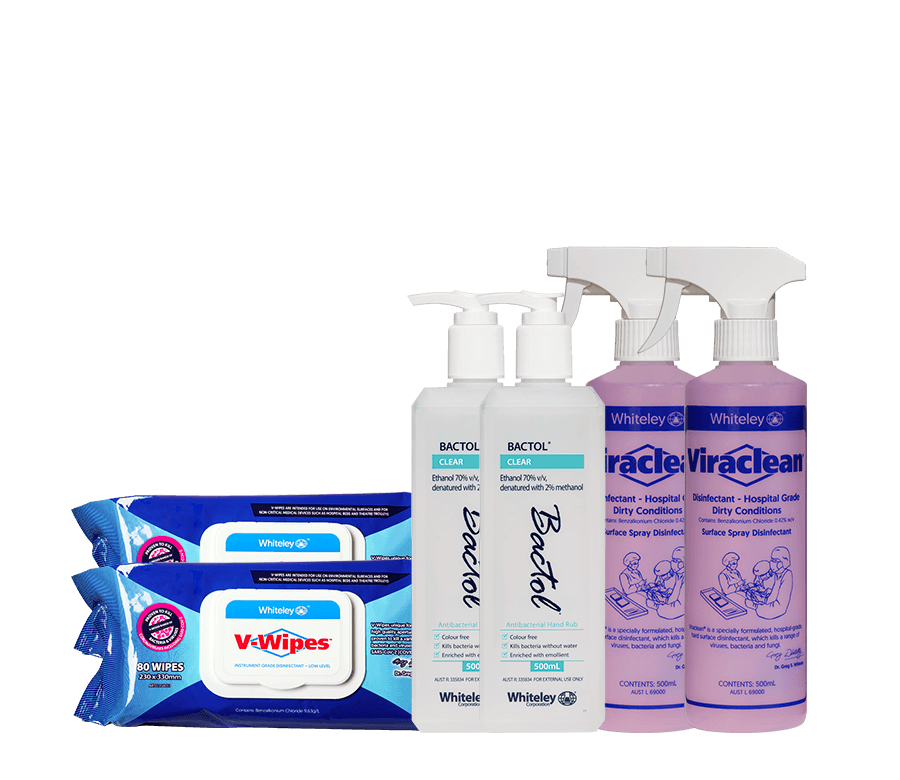Speaker: Associate Professor Greg Whiteley
Qualifications: FEHA, MASM, MSHEA, PhD, M Safety Sc, B App, Dip AICD
Speaker Profile:
Dr Greg Whiteley is an Adjunct Associate Professor in the Faculty of Medicine and Health at the University of Sydney, a Fellow in the School of Medicine at Western Sydney University and is also the Executive Chairman of Whiteley Corporation. Assoc. Prof Whiteley’s qualifications include a Bachelor of Applied Science (Hawkesbury Agricultural College), a Master of Safety Science (University of New South Wales), a Diploma from the Australian Institute of Company Directors (University of New England) and a PhD (Western Sydney University).
Dr Whiteley is a Life Fellow of Environmental Health Australia, a Member of the Society of Healthcare Epidemiology of America and is a Member of the Australian Society of Microbiology. He currently serves as a director of the trade association known as ACCORD Australia, and also as an expert consultant to the Infection Control Committee for the Australian Dental Association. He has previously served on HE-023 with Standards Australia.
His on-going research interests focus on biofilms found within healthcare settings, healthcare hygiene and the cleanliness of medical devices. Findings from this research team include publications outlining the extent of biofilm problems within healthcare and other settings, monitoring solutions including ATP testing, and extensive findings on the cleaning and disinfecting implications from biofilms on healthcare surfaces and reusable medical devices.
Dr Whiteley has previously been an Industry Partner for an ARC Grant in conjunction with Macquarie University, a Collaboration Partner Study Director for an iMCRC Grant with the School of Medicine at Sydney University, the Study Director of a CRC-P Grant investigating novel diagnostic and treatment options for wound care co-jointly partnering with AMP Control and the University of Newcastle and Western Sydney University.
Dr Whiteley is currently the Executive Chairman of Whiteley Corporation. He bears ultimate responsibility under Commonwealth Legislation for the Therapeutic Goods registrations and the manufacturing license of the manufacturing location in Tomago. Dr Whiteley has additionally co-authored many patents and peer reviewed publications.
Topic: Advances in Biofilm Testing
Presentation Outline: This topic will provide an overview into key lessons and research findings on dry surface and wet surface biofilms and their impact on critical healthcare departments. Published research on the presence of biofilms containing viable multi-resistant organisms and the critical role of rigorous cleaning processes to prevent hospital acquired infections (HAI’s). Understanding why cleaning protocols must adapt to account for our new logic of the role of biofilms in bacterial survival and transmission of infections.







